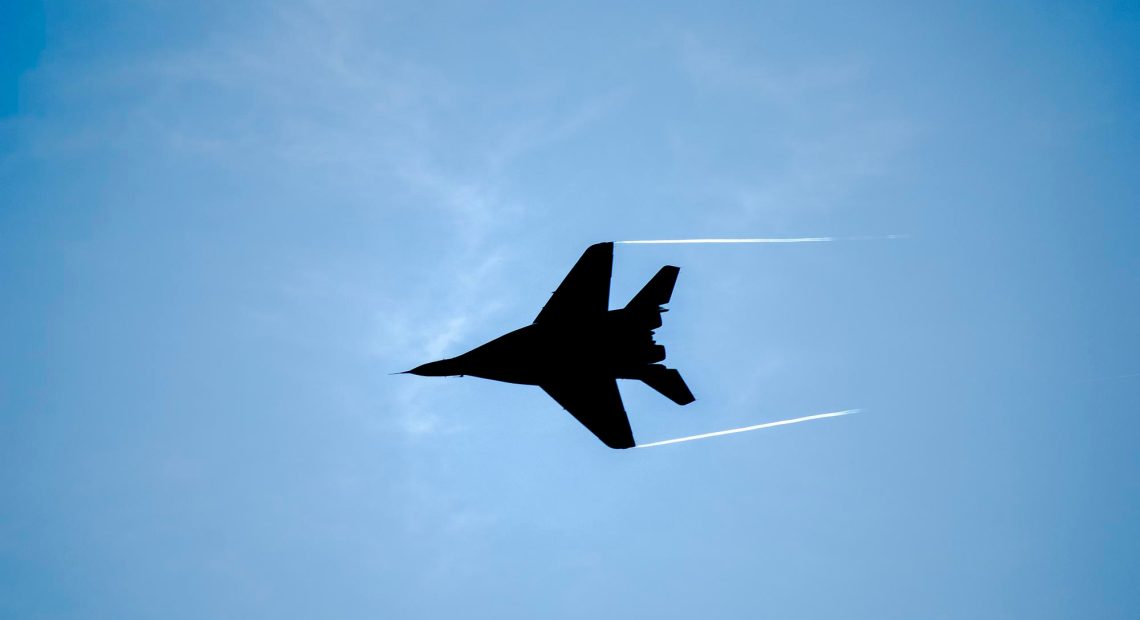
IAF to Get ₹10,000 Crore Indigenous I‑STAR Spy Planes for Precision Strikes
In a major push toward indigenizing advanced defense technologies, the Indian government is set to approve a ₹10,000 crore procurement of Intelligence, Surveillance, Target Acquisition, and Reconnaissance (I‑STAR) aircraft for the Indian Air Force. The acquisition includes three high-altitude, long-endurance platforms tailored for deep battlefield surveillance and real-time targeting capabilities.
The Defence Acquisition Council is expected to clear the project by the end of June, making it one of the most significant indigenous ISR investments to date. The programme will greatly enhance India’s ability to conduct precision strikes without crossing enemy airspace, reinforcing its strategic posture in the region.
Precision Targeting from Stand-Off Ranges
The I‑STAR aircraft will serve as advanced “eyes in the sky” for the IAF, capable of day-and-night, all-weather operations. Operating from stand-off distances and high altitudes, these aircraft will be equipped with multi-spectral sensors, synthetic aperture radar, signal intelligence systems, and data links, all developed indigenously by DRDO’s Centre for Airborne Systems (CABS).
These surveillance platforms will allow the Indian military to detect and track mobile enemy formations, air defense sites, radar stations, and missile launchers with pinpoint accuracy. Real-time data will be transmitted directly to command centers, facilitating rapid and effective decision-making during live operations.
Strategic Leap Toward Technological Autonomy
While the airframes for the I‑STAR system are likely to be sourced from global aviation manufacturers such as Boeing or Bombardier, the critical sensor and mission systems will be entirely Indian, in line with the ‘Make in India’ initiative. This fusion of global airframes with indigenous payloads ensures both capability and sovereignty.
India will join an exclusive league of nations—including the United States, United Kingdom, and Israel—possessing such high-end airborne ISR systems. The timing of this procurement also reflects lessons learned from recent operations like Operation Sindoor, where real-time intelligence proved decisive.
Deployment Timeline and Impact
Post-approval, the integration process is expected to span 18 to 24 months. Once operational, the I‑STAR fleet will not only strengthen India’s conventional strike capacity but also serve as a critical asset in surgical missions, border monitoring, and counter-terrorism operations.
This acquisition will plug a long-standing gap in India’s airborne surveillance capability and move the IAF closer to network-centric warfare readiness—an essential feature of future conflict scenarios. The I‑STAR programme is a defining step toward a technologically self-reliant and strategically potent Indian Air Force.


















